House Tour | written by: PAMELA DEY VOSSLER with HEATHER RAKER, Executive Director of The Mather Homestead
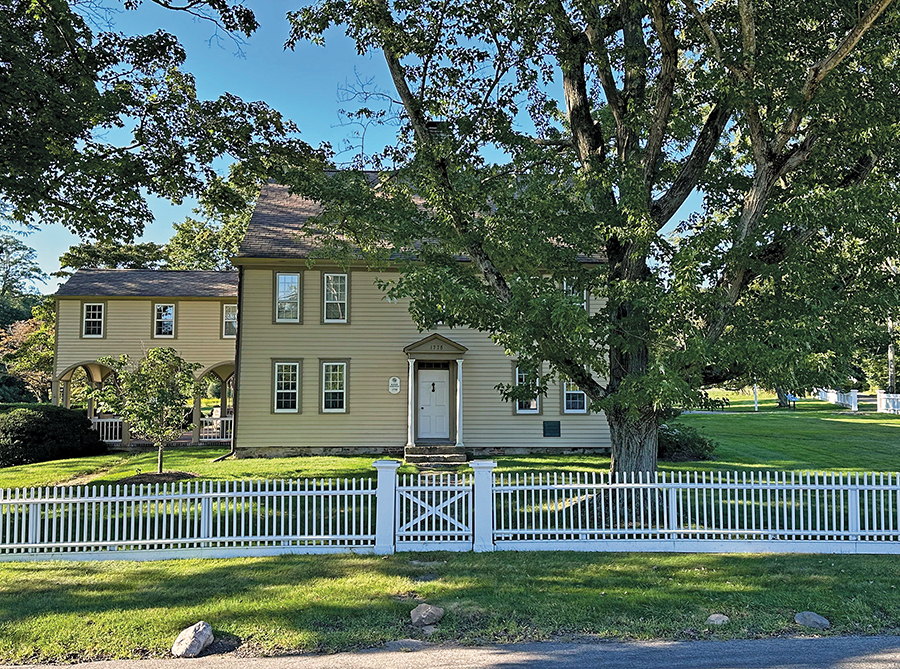
The Mather Homestead graces the “four corners” of Brookside and Stephen Mather Roads in northeast Darien bordering New Canaan and Norwalk. Open and pastoral with its long original fencing, it’s a step back in time – an echo of its centuries in town. | Photographs courtesy The Mather Homestead
The poet Maya Angelou said, “You can’t really know where you’re going until you know where you have been.” Without history, we lose context, gratitude and the knowledge that helps keep our hearts open and our choices sharp. That can be especially true with our personal histories and the unseen past before us (acutely visible—if we just look), waiting to deepen our understanding of our lives now.
If we’re lucky, we’ll know our grandparents, maybe even our great grandparents. Perhaps we have a story or two about previous generations. But the day to day of their lives—how they lived, what drove them, their triumphs and travails? Those details are often, at best, fuzzy.
Fortunately for us, there is The Mather Homestead—Darien’s only Registered National Historic Landmark—home of six generations of the same family. They never sold it. They never razed it. They built it in 1778 as a safe house during the Revolutionary War (which didn’t work out so well, but that’s another story) and lived in it through 2017 when they gifted it to the town, along with the history it holds—home as it was to some of our earliest town leaders, and later, Stephen Tyng Mather, founder of the National Park Service.
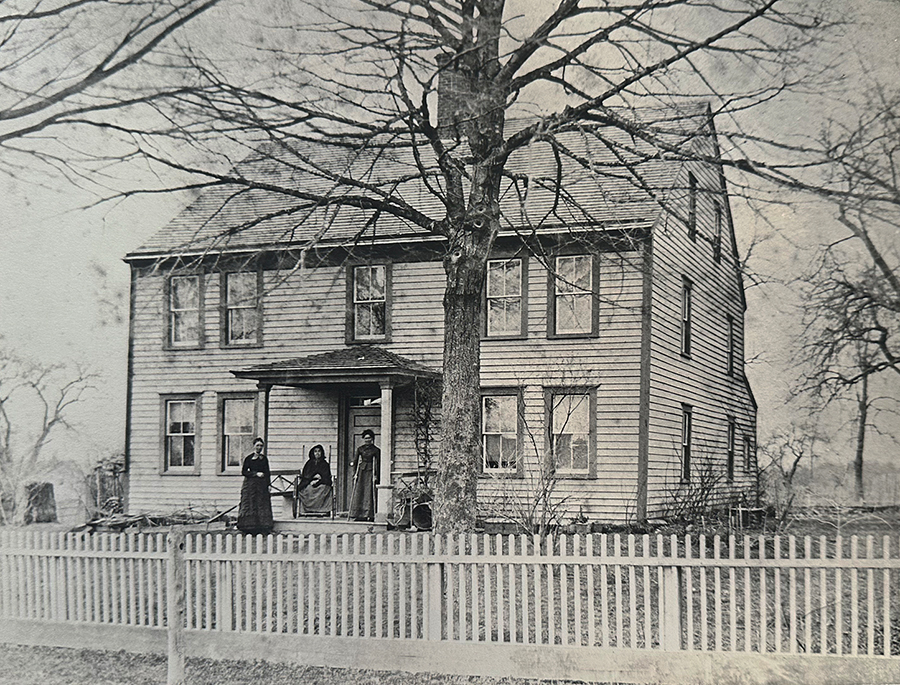
The Homestead, a self-sustaining farm, was built in 1778 by Deacon Joseph Mather on 100 acres of land inherited from his mother, Hannah Bell. The original house was a typical New England two-story wood structure with a central fireplace. Today, the home sits on seven bucolic acres surrounded by 16 acres of Darien Land Trust property.
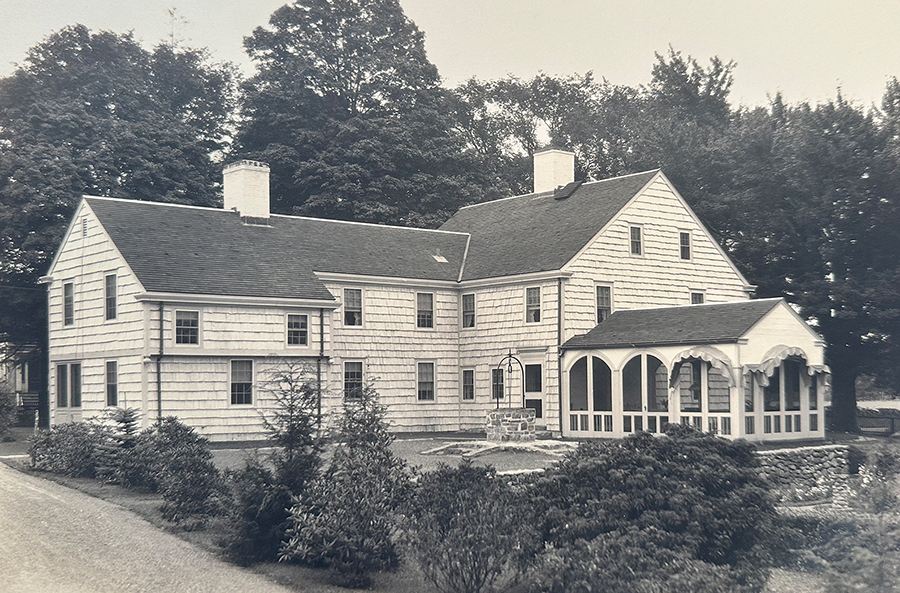
There were few changes to the house until Stephen Tyng Mather, great grandson of Deacon Mather, took ownership in 1906. He added the back wing with “modern” kitchen, guest room, a “servants wing” including two bedrooms and a sitting room, and a side porch. The designs by architect Thomas Harlen Ellett were in the “colonial revival” style and transformed the homestead from working farmhouse to an elegant summer estate.
There’s a borning room (where 10 Mathers breathed their first), a buttery room, a keeping room, and one of the only private gardens designed by Walter Burley Griffin, among the 20th Century’s premiere landscape architects. In telling the stories of this family, we tell the stories of our town, and of ourselves.
Here’s how one house survived and thrived, through generations of a family who made the home fit their lives as the decades passed, to land at our feet in the present—a gift for now and years to come.
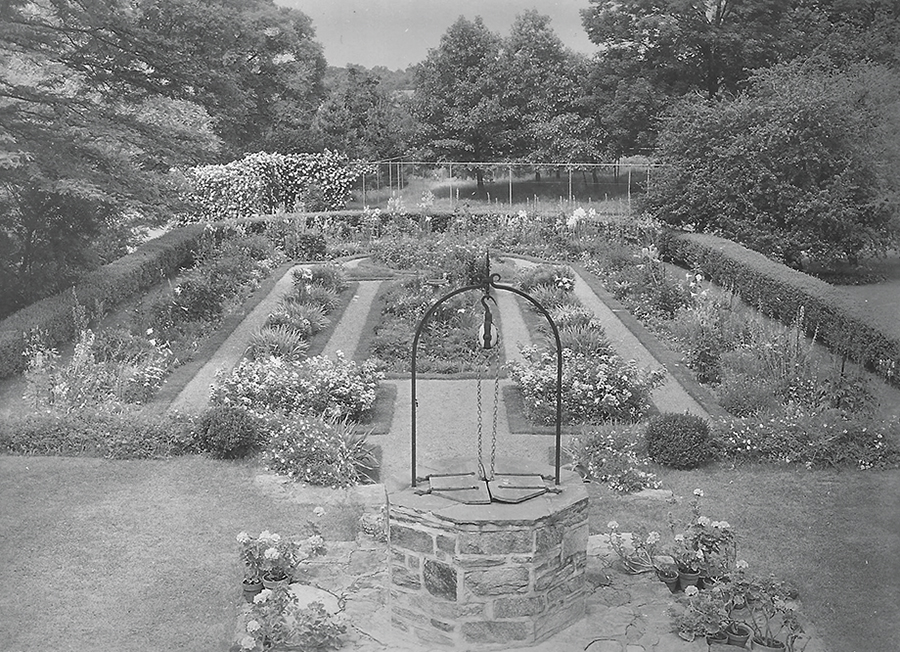
One of the most important additions by Stephen was the sunken garden in 1909. The garden was designed by Walter Burleigh Griffin who worked with Frank Lloyd Wright and went on to design Canberra, Australia’s new capital city.
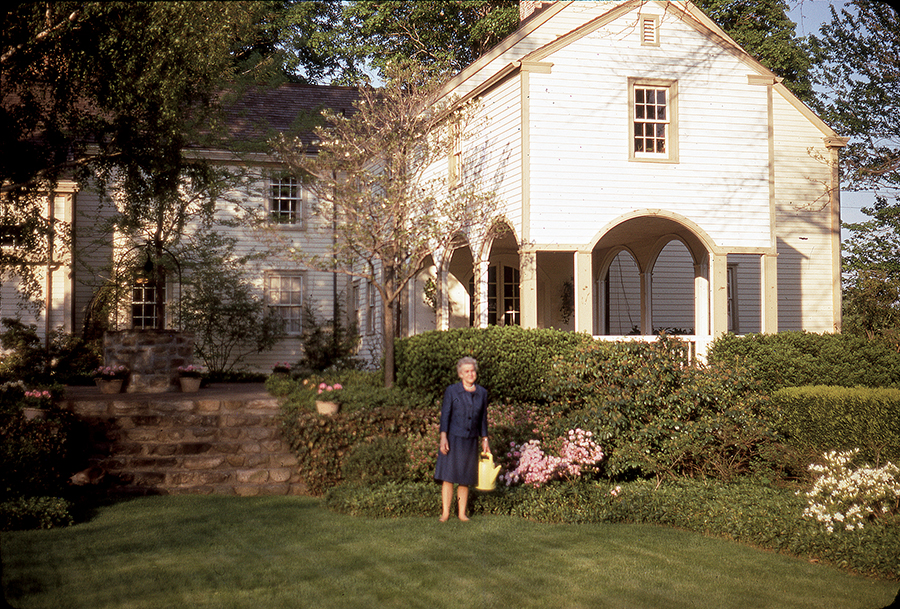
The next changes came when Stephen’s daughter Bertha took ownership of the house in 1930. She simplified the sunken garden, added a greenhouse, a brick patio and an additional bedroom over the porch. In 1969, she changed the clapboard and repointed the chimney—necessary repairs for the home’s longevity.
Today, The Mather Homestead Foundation is midway through a preservation/restoration project, replacing rotten wood, repainting, rebuilding a staircase that had been removed and preserving various pieces of the collection. For more information about The Mather Homestead, including events, tours, volunteer opportunities and other ways to support this special property, visit matherhomestead.org.
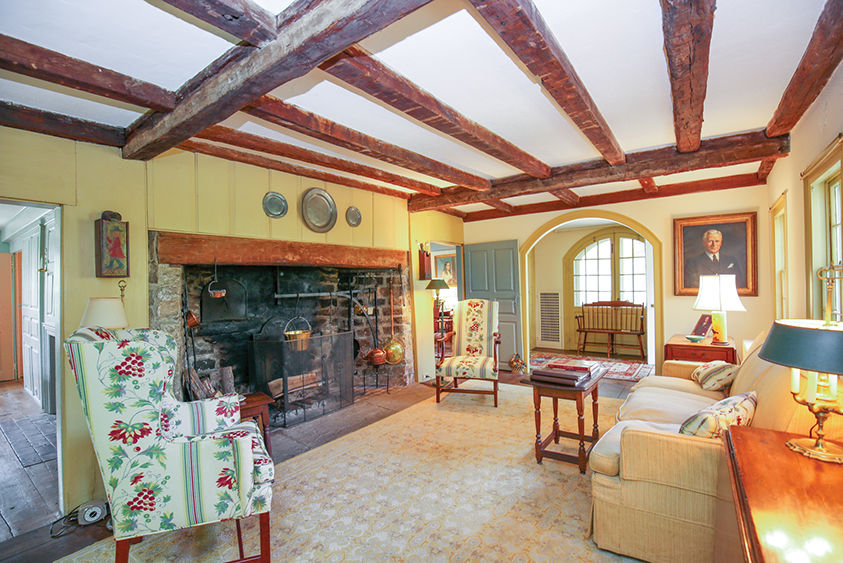
The Homestead retains its 18th century character with an extensive collection of period antiques – original to the home and acquired by Bertha, as seen in the Keeping Room pictured here. Once the heart of the home for cooking and gathering, it was “modernized” by Bertha into the sitting room it is today. (Portrait of Stephen Tyng Mather at back right.)
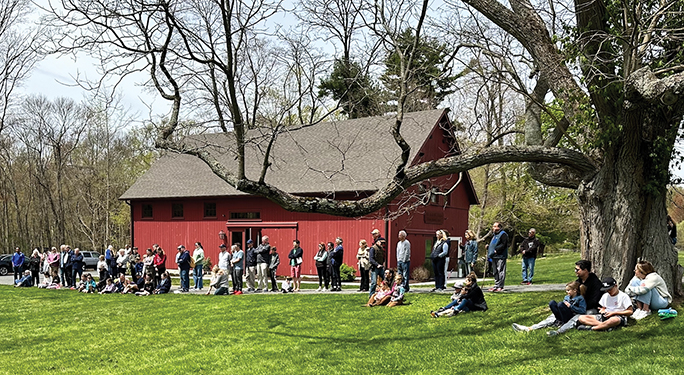
When the family gave the Homestead to the town, a foundation was established to steward the property. In 2020, the Foundation built the Elizabeth W. Chilton Education Center, enabling them to expand programming to “bring history to life” for the community through lectures, literary discussions, homesteading workshops, art and music events.
